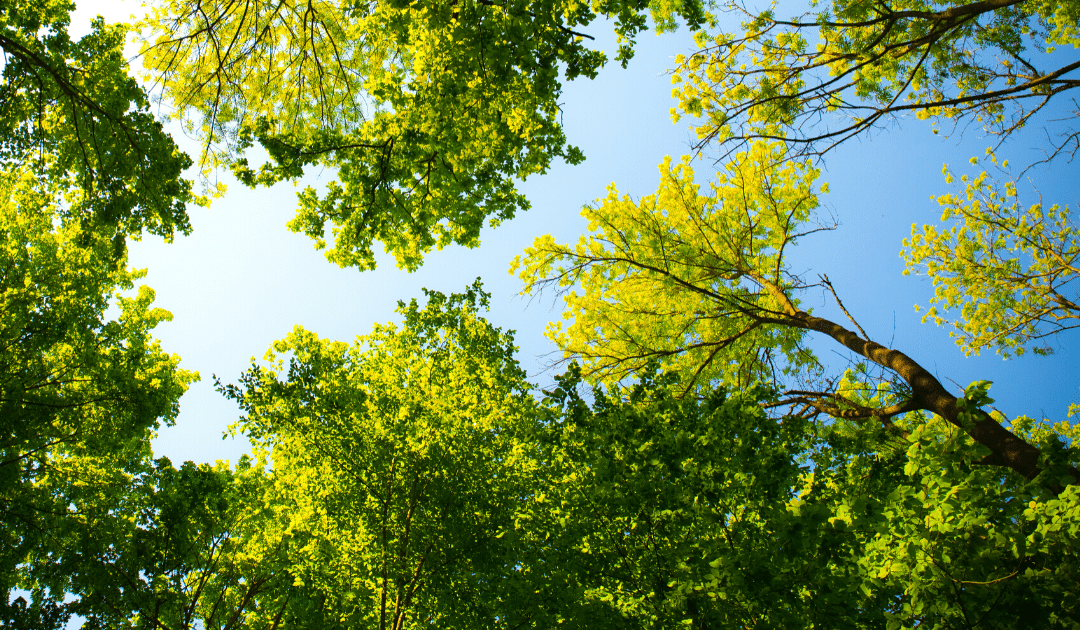The first Arbor Day in America took place April 10, 1872 in Nebraska City, Nebraska, when a proposed “tree-planting holiday” saw an estimated one million trees planted in the state in one day. Almost 150 years later, our love of trees remains strong as ever—they give us beauty, comfort, shade, protection, and a living expression of the seasons.
However, the benefits of living with trees also come with risk, especially for home-owners. Falling trees or branches can damage your home or even injure people. They can fall on power lines, leading to outages or fires, and their roots can damage pipes, foundations, and utility infrastructure. If a tree grows on your property, you are legally responsible for damage or injuries caused by it.
Since it’s difficult to tell when a tree might fail, here are 7 signs that could indicate bad tree health and a hazardous situation in the making.
How to Spot Tree Health Trouble Signs:
1. Leaning Trees. A little lean is normal, as most trees don’t grow straight, but if you see cracked or buckling soil—especially on the opposite side of the lean—that’s an indicator of stress. Another sign is exposed roots around the tree’s base.
2. Multiple Trunks. A tree with multiple trunks can break if the trunks are weakly attached. Check for cracks and splits where the trunks meet.
3. Dead Branches. As a normal part of their growth cycle, trees will shed dead branches, called deadwood. Most will eventually fall but keep an eye out for branches with a diameter of 2 inches or more—these are more likely to cause damage when they fall.
4. Fungi or Mushrooms. Fungi growing on the tree’s base or roots signals decay. These organisms feed off the tree’s internal cells, compromising its structural integrity.
5. Cracks. Large cracks in a tree’s trunk or branches require immediate attention. Most worrying is horizontal cracks in the trunk; however, any significant crack is a sign that the wood is weak or has already begun to fail and it’s only a matter of time before it snaps.
6. Cavities. Although not always the case, tree cavities can signal internal decay. Check for peeling bark and hollow or decayed areas, especially where branches meet the trunk. If you notice ants, birds, squirrels, bees, or raccoons spending a lot of time on trees that don’t provide food, it may also be a sign that there’s an internal void.
7. V-Shaped Branches. Look at where branches attach to the trunk: those unions should look more like the letter U than V. Tight V-shaped forks are more prone to break than the more open U-shaped ones.
When To Call an Arborist
Some of the above hazards can be addressed relatively easily. For instance, you can prune branches and use cabling to stabilize a small or medium-sized tree that’s leaning. However, if you notice serious hazards or are dealing with especially large or old trees, it’s safest to contact a certified arborist.
This article is furnished by California Casualty, providing auto and home insurance to educators, law enforcement officers, firefighters, and nurses. Get a quote at 1.866.704.8614 or www.calcas.com.
- Graduation – When to Remove Your Child from Your Auto Policy - May 18, 2023
- How to Prevent Catalytic Converter Theft - May 17, 2023
- How Much Does Home Insurance Cost? - May 17, 2023

